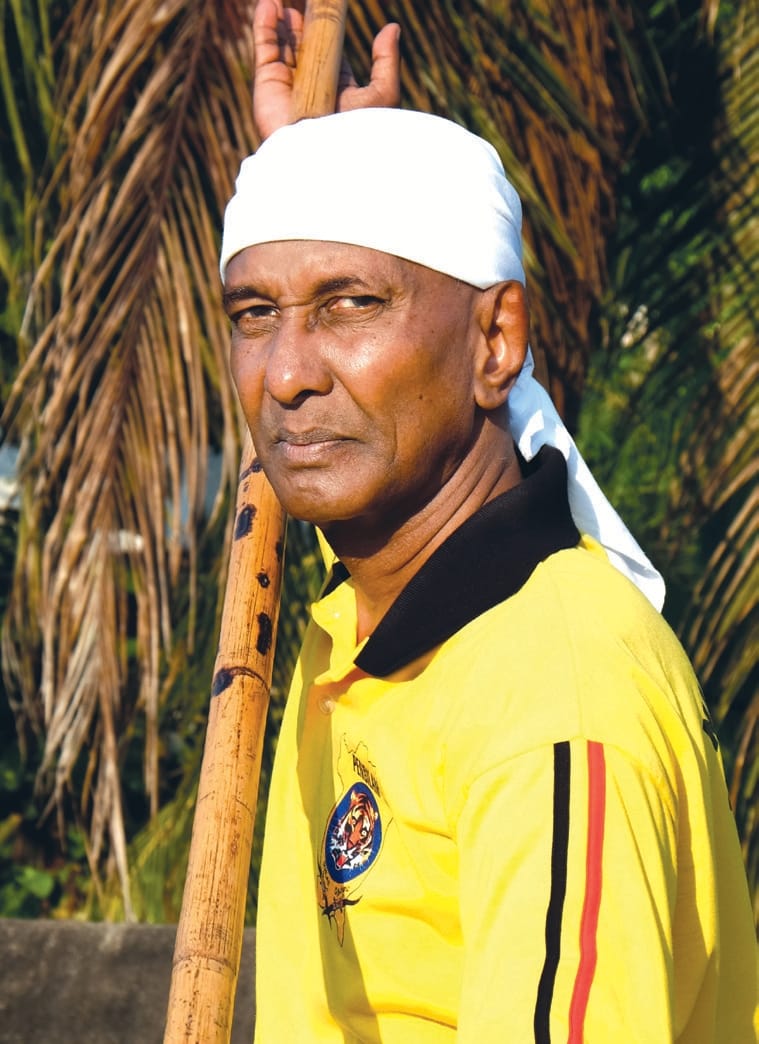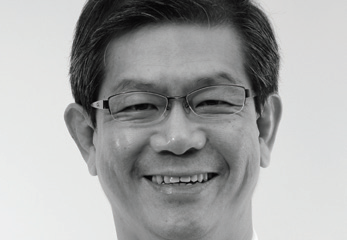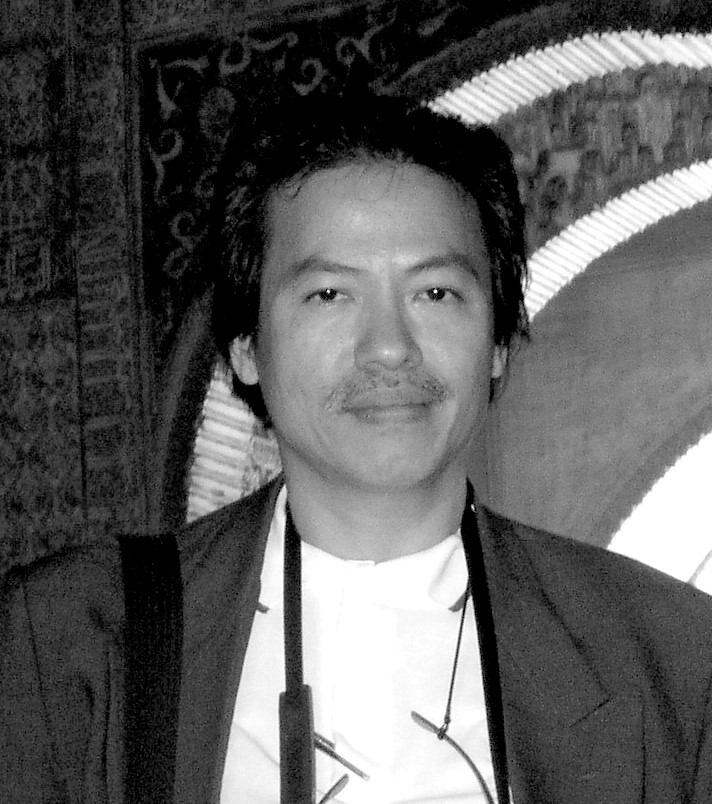Pictures by Chan Kit Yeng.
On Penang Island, a small group of dedicated Tamils fights the odds to ensure that an ancient martial art stays alive.
Expert hands twirl the rattan stick so fast it draws circles in the air, and you know it’s moving closer to you when you start to hear sounds akin to scissors ripping fabric. You instinctively shield your face when you see the stick swirl up, and then shudder as it ricochets downwards. But you feel no pain; the tip of the stick stops just before it touches your ankle. A cheerful smile kindles Asan (master) Anbananthan’s face, who is on the other end of the stick. “Always remember that surprising the opponent is key,” he says as he pulls away from you.

Silambam nillaikalakki is a sub-sect of silambam, the most ancient form of weapon-based martial arts in India. Nillai means “posture”, kalakki “to disturb, shuffle”. It hints at silambam’s rapidly changing strokes intended to confuse opponents. A 1.68m-long bamboo stick, the simplest of weapons, is placed in the hands of the practitioner, who learns to twirl it around his body in a fluid and powerful matrix.




